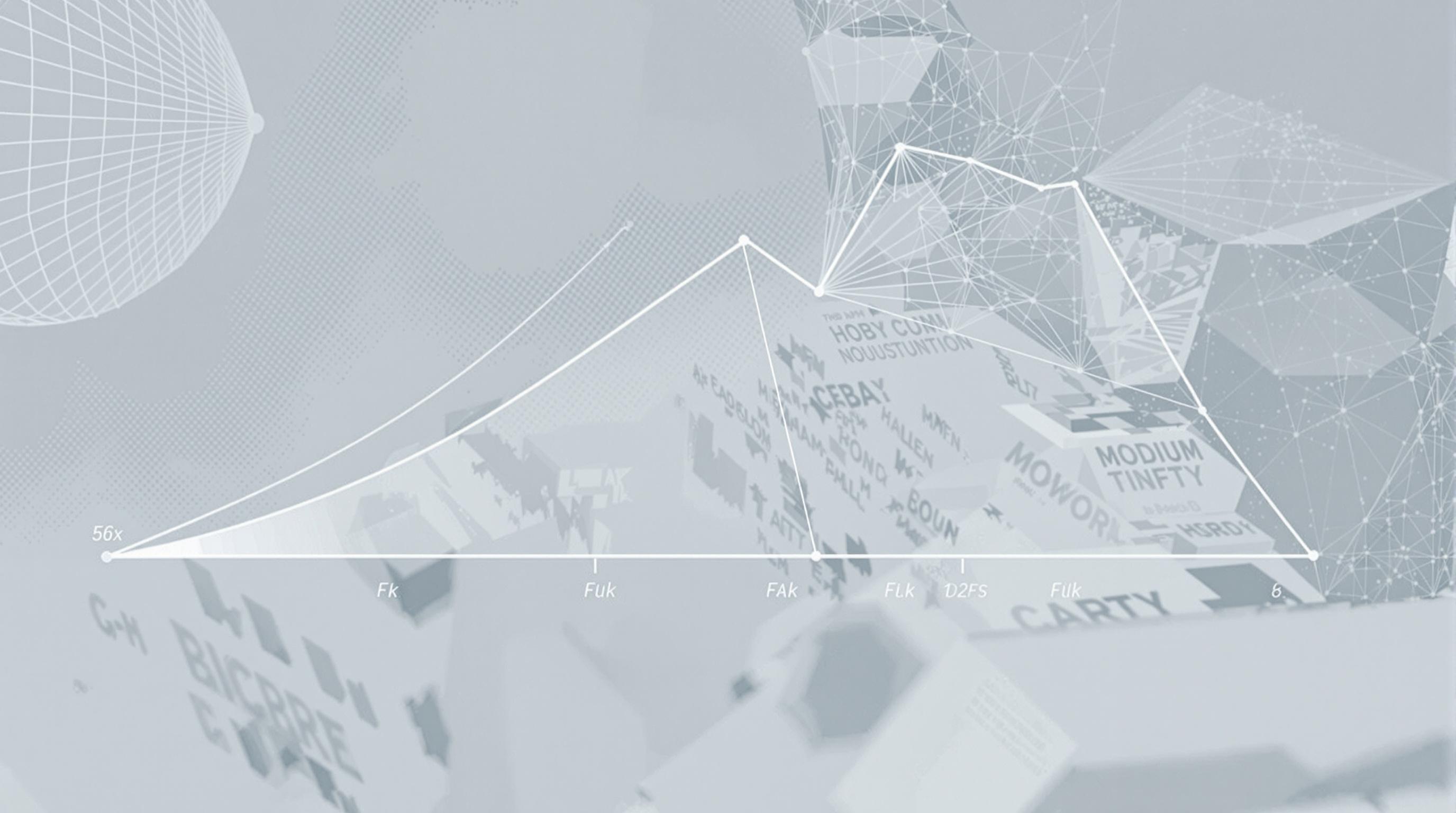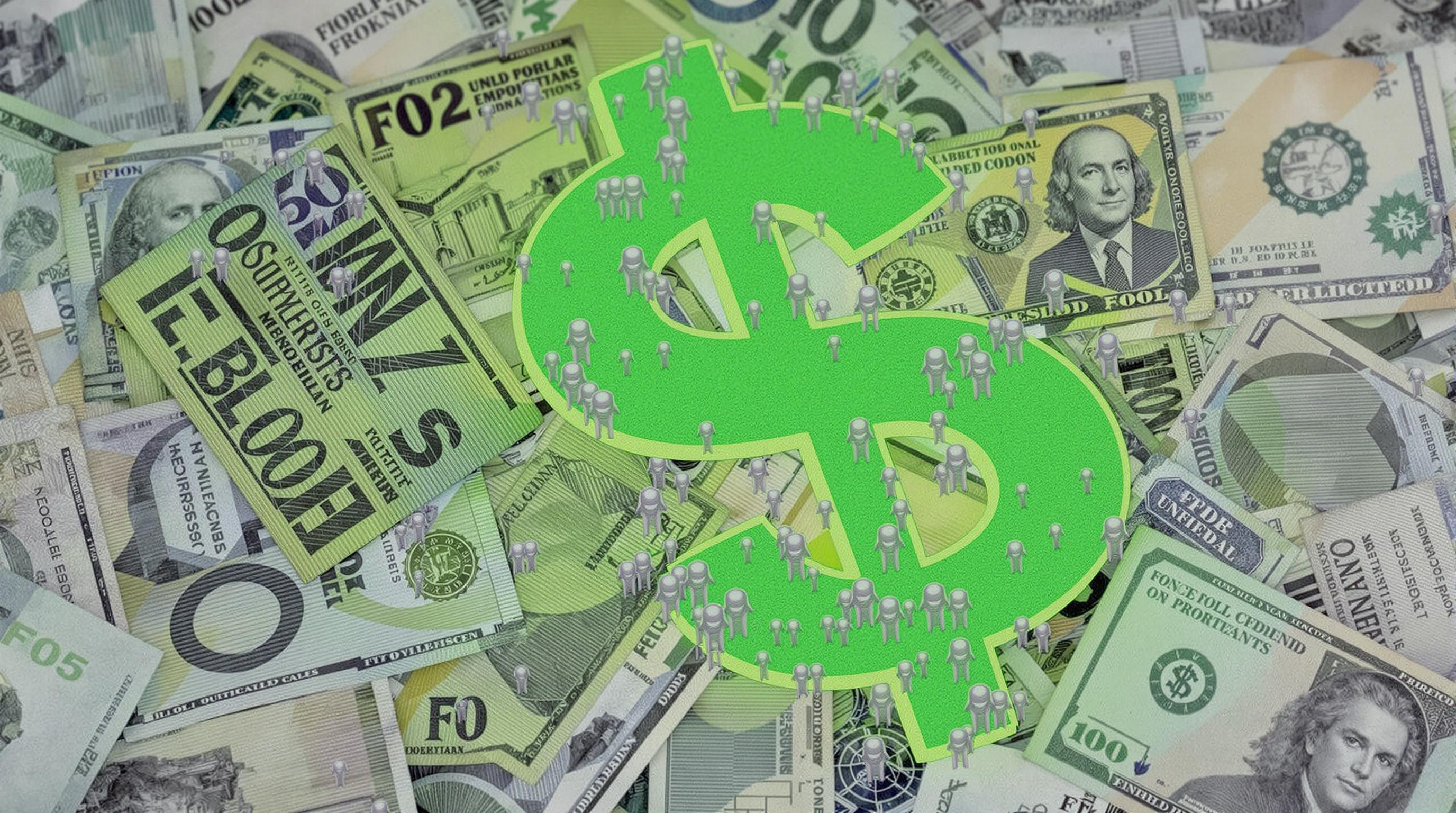Related Articles
- 8 Emerging Robo-Advisors from the Last Five Years That Redefine Smart Portfolio Allocation
- 6 Groundbreaking Thematic ETFs Launched Since 2019 That Disrupt Conventional Portfolio Mixes
- 7 Unconventional ETFs Launched Since 2019 That Revolutionize Portfolio Diversification Strategies
- Exploring the Role of Digital Nomadism in Crafting Sustainable Earnings After Traditional Work Ends
- Top 6 Underrated Retirement Income Solutions Released Since 2019 That Outsmart Traditional Options
- How Niche Hobby Investments Could Reshape Risk Management in Unconventional Financial Strategies
How Niche Hobby Investments Could Reshape Risk Management in Unconventional Financial Strategies
How Niche Hobby Investments Could Reshape Risk Management in Unconventional Financial Strategies
The rising popularity of niche hobby investments offers a fresh lens through which risk management can be reconsidered in unconventional financial strategies. This article explores how these unconventional assets challenge traditional models, integrating diverse approaches from storytelling to data-driven analysis.
A Fresh Perspective on Risk through Rare Collectibles
Imagine a world where vintage comic books, rare vinyl records, or limited-edition sneakers are more than mere passions—they’re financial instruments rewriting the rules of risk. According to the Knight Frank Luxury Investment Index, collectibles like art and rare memorabilia have outperformed the S&P 500 over the last decade by an average of 2-3% annually.
Niche hobby investments, such as first-edition Pokémon cards or ancient coins, bring unique liquidity profiles and valuation challenges. Their price movements often show little correlation with traditional markets, offering portfolio diversification benefits. This uncoupling from conventional assets allows investors to mitigate systemic financial risks.
The Role of Behavioral Finance in Niche Spaces
Often overlooked, the emotional connection collectors have to their assets introduces a complex layer to risk management. Unlike stocks or bonds, collectibles are influenced by subjective factors: nostalgia, cultural trends, and even social status. This emotional overlay can both magnify market bubbles and amplify crashes.
Consider the 2021 surge in digital art NFTs (Non-Fungible Tokens), where prices skyrocketed due to hype rather than intrinsic value, followed by a sharp correction. These fluctuations showcase how behavioral biases can inject volatility, necessitating new risk frameworks tailored to these markets.
Case Study: The Sports Card Revival
Sports cards, once considered a child's pastime, saw a massive revival during the COVID-19 pandemic. For instance, a 1952 Mickey Mantle baseball card sold for $12.6 million in 2022, reflecting more than a 500% increase since 2010.
This boom attracted traditional investors seeking alternatives to volatile equities. However, volatility and authenticity concerns require sophisticated verification technologies and insurance models to manage risks effectively.
Confronting the Challenges: Illiquidity and Valuation
Niche hobby investments often suffer from illiquidity due to smaller markets and highly specialized knowledge required for valuation. Unlike stocks traded on electronic exchanges, these assets may take months or years to find buyers, exposing investors to market timing risks.
Advanced analytics and blockchain-based provenance tracking are emerging solutions to reduce uncertainty. Platforms like Rally Rd. fractionalize high-value collectibles, enabling liquidity and democratizing access while improving transparency.
Humor Break: When Your Investment Needs a Dust Cloth as Much as a Broker
Picture this: Your portfolio includes a priceless action figure from the '80s, but its value fluctuates as much as your morning coffee jitters. Unlike stocks, this ‘asset’ occasionally demands gentle dusting and display case upgrades—talk about an exotic form of asset management! While this may sound quirky, it underlines the hands-on nature of niche investments and the personalized approach required in risk mitigation.
Integrating Alternative Assets into Conventional Portfolios
Modern portfolio theory encourages diversification to balance risk and return. Incorporating niche hobby investments can reduce correlation with traditional asset classes, especially during market downturns. A recent study by Yale University found that portfolios including 10-15% of alternative assets experienced reduced overall volatility by an average of 5% over a 10-year horizon.
However, the valuation uncertainty and regulatory gaps mean investors must exercise caution and expert consultation. The relationship between passion and prudence is key—understanding the hobby’s intrinsic and extrinsic factors can lead to more informed financial decisions.
From Millennials to Boomers: A Generational Shift in Investment Preferences
Young investors aged 18-35 show strong interest in alternative investments tied to culture and community, such as sneakers, gaming memorabilia, and digital assets. Contrastingly, older investors might lean towards classic collectibles like fine art or vintage wines.
This generational dynamic signifies evolving definitions of asset classes and acceptable risk, pushing financial advisors to adapt risk models across age cohorts.
Storytelling Moment: Grandma’s Secret Crypto and the Magic Baseball Glove
At 68 years old, Linda epitomizes the unexpected niche investor. She started collecting rare baseball gloves passed down from her father, initially as sentimental keepsakes. Later, she discovered their increasing market value and paired this hobby with a small Bitcoin holding. Her portfolio’s surprisingly resilient performance during financial turbulence blends tradition and innovation, underscoring how diverse hobbies can reshape risk tolerance and strategy.
Regulatory and Ethical Considerations
As niche hobby investments gain traction, regulatory bodies face novel challenges: how to classify these assets, ensure consumer protection, and prevent fraud. The lack of standardized appraisal processes increases the risk of market manipulation.
Ethical concerns also emerge, such as environmental impacts of certain collectibles (consider the carbon footprint of cryptocurrency mining) and cultural sensitivity around artifacts. Consequently, investors and regulators must collaborate to foster transparency and sustainability.
Data Spotlight: Growth of Alternative Asset Markets
According to Preqin’s 2023 report, alternative assets managed $14 trillion globally, with collectibles and other niche investments representing a growing fraction. The same source projects a compound annual growth rate (CAGR) of 8% over the next five years for this sector, indicating sustained investor interest and innovation.
Conversational Insights: What’s Your Hobby Worth?
“I never thought my love for rare fountain pens could make me money,” says Jake, a 29-year-old graphic designer. “But after attending a niche auction, I learned that certain limited editions appreciate like fine art.”
This casual testimonial highlights the accessibility of niche investment markets to everyday enthusiasts and encourages reflection on personal risk appetites.
The Future of Risk Management: Hybrid Models
To adapt, financial strategists are developing hybrid risk management models that blend quantitative analytics with qualitative insights gathered from hobbyist communities. These frameworks capture both market data and sentiment patterns, aiming for a holistic understanding of asset behavior.
Blockchain-enabled transparency, AI-driven valuation, and peer-driven authentication systems are converging into a hybrid toolkit that could redefine risk in unconventional financial strategies.
Persuasive Argument: Why Traditional Risk Models Won’t Cut It Anymore
Relying solely on historical financial models ignores the unique traits of niche investments. For instance, an antique guitar's value might be heavily influenced by an artist’s resurgence, unforeseeable using standard volatility measures.
Therefore, adopting flexible, adaptive risk management strategies that integrate cultural, emotional, and technological dimensions is not just innovative — it's essential for capitalizing on these emerging markets.
Final Thought: Embracing the Unconventional
Whether you're 16 or 70, the rise of niche hobby investments beckons us to rethink how we view value, risk, and opportunity. Blending passion with prudence, investors can craft portfolios that are not only financially rewarding but also deeply personal and culturally resonant.




